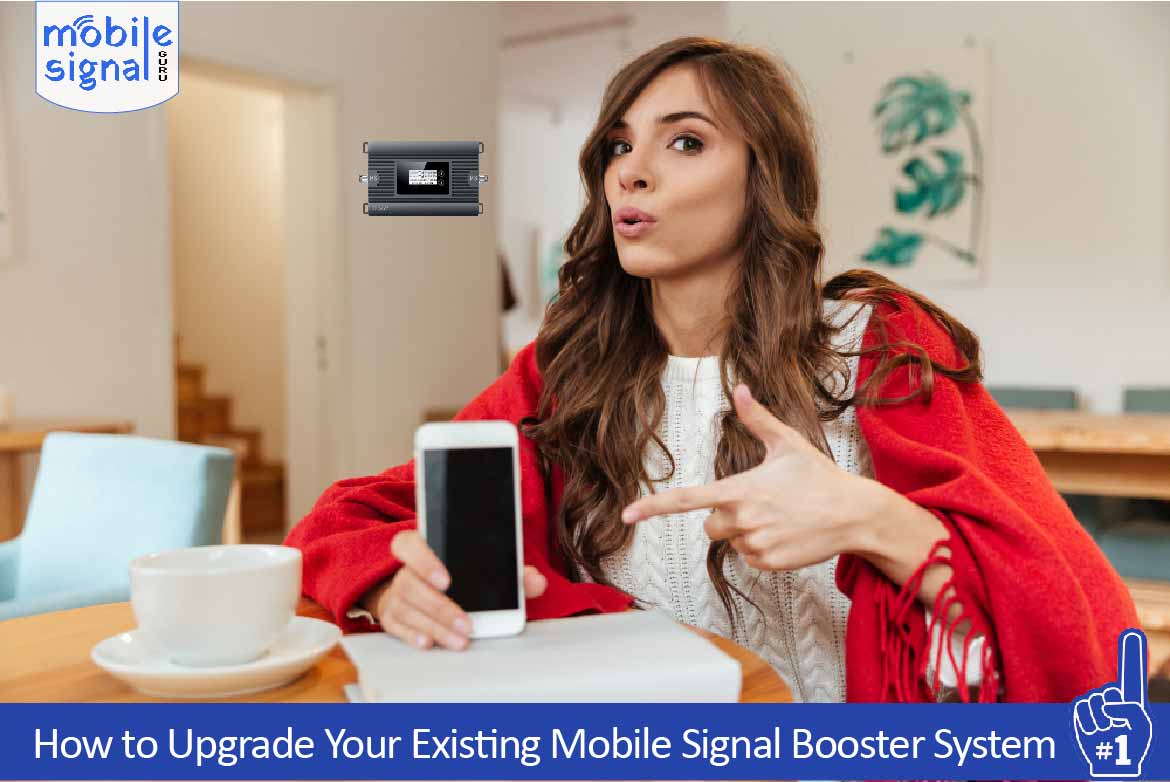Upgrading your existing mobile signal booster system can enhance your signal strength, expand coverage, and improve overall connectivity. Whether you’re experiencing poor performance with your current system or simply want to take advantage of new technologies, upgrading is a straightforward process. This article will guide you through the essential steps to successfully upgrade your mobile signal booster system.
Assess Your Current System’s Performance
Before upgrading, it’s important to assess your current system’s performance. Identify weak spots, dropped calls, or areas with poor signal. Use your phone’s signal strength meter to check the existing coverage and note any areas where the signal is weak or unstable. Understanding the limitations of your current system will help you choose the right upgrades.
Identify the Areas Needing Improvement
Determine which aspects of your current setup need improvement. For instance, do you need wider coverage, stronger signal strength, or better support for multiple devices? If your current system only covers a small area, consider expanding the coverage. If signal strength is inconsistent, look into boosters with higher gain or more advanced technology.
Research and Choose the Right Upgrade Options
Research different mobile signal boosters that meet your upgraded requirements. Look for boosters that offer higher gain, better technology, or expanded frequency bands. Consider options that support the latest 4G and 5G networks if available in your area. Choose a booster that matches your needs, such as those designed for homes, offices, or vehicles.
Upgrade the Antennas
Upgrading your antennas can significantly improve your signal booster system’s performance. Consider replacing your existing indoor and outdoor antennas with higher-gain models. Directional antennas are effective for targeting specific cell towers, while omnidirectional antennas are better for receiving signals from multiple directions. Choose antennas that are compatible with your new booster and provide the coverage you need.
Enhance the Cable and Connectors
Old or low-quality cables can cause signal loss and reduce the efficiency of your booster system. Upgrade to high-quality, low-loss coaxial cables to maintain signal strength. Ensure that the connectors are properly secured and in good condition, as loose or corroded connectors can lead to poor performance. Upgrading cables and connectors can make a significant difference in signal quality.
Consider Adding Additional Indoor Antennas
If you need to cover a larger area or multiple floors, consider adding extra indoor antennas. These additional antennas can distribute the boosted signal more evenly throughout your home or office. Use splitters to connect multiple antennas to your booster system, ensuring consistent coverage in every room.
Check for Compatibility with Newer Technologies
Ensure that your upgraded system is compatible with newer technologies and frequency bands. As mobile networks evolve, having a booster that supports the latest standards is important. This ensures that your system remains effective and future-proof. Check the specifications of your new booster to confirm it supports the latest technologies, such as 4G LTE or 5G.
Install and Test the Upgraded System
After purchasing the necessary upgrades, install the new components following the manufacturer’s instructions. Test the system to ensure that the signal strength has improved and that coverage meets your expectations. Use your phone or a signal strength meter to check for consistent coverage in all areas. Make adjustments as needed to optimize performance.
Maintain Regular Updates and Maintenance
Keep your booster system updated with the latest firmware and software updates from the manufacturer. Regular maintenance, such as checking cables, connectors, and antennas, ensures optimal performance. Clean the antennas and connectors periodically to prevent corrosion and signal degradation. Staying proactive with maintenance will prolong the life of your system and maintain its efficiency.
Consulting with Experts
Consider consulting with a professional before upgrading your system, especially for complex setups. An expert can provide tailored advice and ensure that your upgrades are both effective and compliant with local regulations.
Environmental Considerations
Be aware of environmental factors that might impact your signal booster’s performance, such as thick walls, large metal objects, or nearby electronic devices. Understanding these can help you choose the right location for installation and make necessary adjustments.
Warranty and Support
Check if your upgrades come with warranties or customer support. Having access to technical support can be invaluable, especially if you encounter issues during installation or later use.
Energy Efficiency
Consider the energy consumption of your upgraded booster. Opting for an energy-efficient model can reduce operating costs and minimize your environmental impact.
Return on Investment
Highlight the long-term benefits of upgrading, such as fewer dropped calls, faster data speeds, and improved overall connectivity. This can justify the upfront costs and efforts involved in upgrading your system.
Conclusion
Upgrading your mobile signal booster system can lead to significant improvements in signal strength, coverage, and reliability. By assessing your current system, choosing the right upgrades, and following proper installation and maintenance practices, you can ensure a strong and stable signal for all your mobile devices. Whether you need better coverage in your home, office, or vehicle, the right upgrades will help you stay connected.
 Australia (AUD)
Australia (AUD) Denmark (DKK)
Denmark (DKK) France (EUR)
France (EUR) Germany (EUR)
Germany (EUR) Ireland (EUR)
Ireland (EUR) Malta (EUR)
Malta (EUR) Netherlands (EUR)
Netherlands (EUR) New Zealand (NZD)
New Zealand (NZD) Norway (NOK)
Norway (NOK) Spain (EUR)
Spain (EUR) Sweden (SEK)
Sweden (SEK) UAE (AED)
UAE (AED) United Kingdom (GBP)
United Kingdom (GBP)
